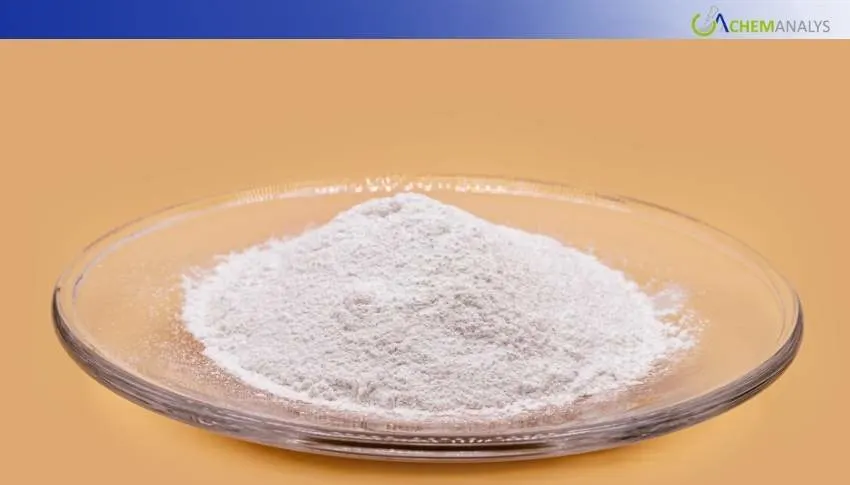Welcome To ChemAnalyst

During the first half of October 2025, Chinese and German Caprolactam prices were stable with well-structured supply–demand levels, but U.S. prices declined due to oversupply and weak consumption in key downstream markets.
Chinese Caprolactam prices steadied on a stable supply-demand balance during the first half of October 2025. On the production side, weak benzene and flat cyclohexanone prices eased production costs, and Caprolactam manufacturers were able to maintain production without inducing margin squeezes. Improved industrial running and shorter lead times stabilized supply even further, with no reported disruptions or outages.
On the demand side, despite a 12.9% jump in domestic automobile sales, Caprolactam consumption remained sluggish as converters undertook short-term purchases due to sufficient stocks and dismal forward visibility. Export demand was also weak due to severe storms in Vietnam and declining auto sales in India. The post-Golden Week slowdown decreased trading activity further as buyers adopted a wait-and-watch approach. All these factors collectively helped sustain price stability in the period.
Like China, Germany's Caprolactam prices also remained flat in the first half of October 2025, supported by firm supply and subdued demand. Domestic manufacturers ran steadily with flat cyclohexanone prices and conservative production policies guided by a slower manufacturing economy.
On the demand side, vehicle registrations went up 13.65% month on month to 235,528 units, but converters avoided aggressive restocking, with low inventory cycles. Exports were slow, with purchases in Poland, Czechia, and Italy limited due to ample stock and diminishing pricing prospects. On the whole, the balance between consistent production levels and cautious buying led to a neutral pricing sentiment in the German Caprolactam market.
On the other hand, price levels for Caprolactam declined in the first half of October 2025 in the United States, weighed down by surplus availability and poor downstream demand. Local production remains steady, supported by regular manufacturing activity and sufficient raw material inventories, along with regular import shipments from Europe and Asia which further pumped-up availability. A 1% drop in the Drewry World Container Index brought down freight expenses, spurring increased import flows.
However, on the demand side, downstream automotive and textile sector performed poorly—passenger car sales declined 13.91% month-on-month, and apparel sales decreased 1.06% reducing consumption of raw materials like Caprolactam. Converters used available inventories and did not prebook ahead of time due to weak consumer sentiment, with the Consumer Confidence Index dropping 5.6%. The imbalance of strong supply and weak consumption only exaggerated the bearish price pressure and continued to keep the U.S. Caprolactam market resident bearish.
instead of pre-booking due to poor consumer sentiments as reflected by the 5.6% decline in the Consumer Confidence Index. The following disparity between robust supply and poor consumption strengthened bearish price pressure, which still kept the U.S. Caprolactam market in a bearish mood.
As per ChemAnalyst, the near-term outlook for Caprolactam is expected to show regional divergence. While China and Germany are expected to sustain stability owing to well-balanced supply chains, the U.S. Caprolactam market is forecasted to see softness until demand fundamentals harden. Macro conditions and end-of-year discount hopes will continue to influence buyer decisions, keeping bulk purchases in check.
We use cookies to deliver the best possible experience on our website. To learn more, visit our Privacy Policy. By continuing to use this site or by closing this box, you consent to our use of cookies. More info.
